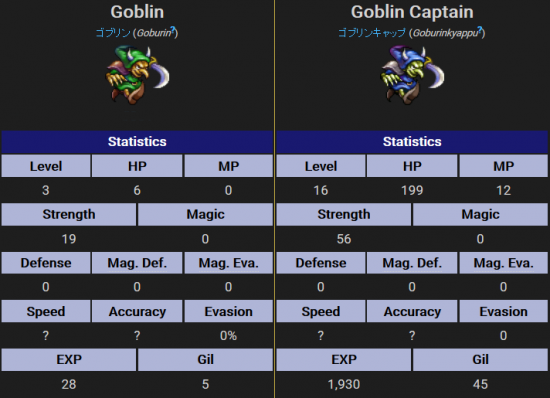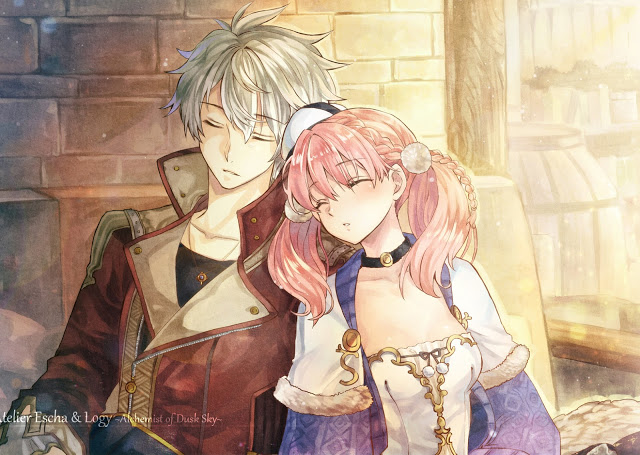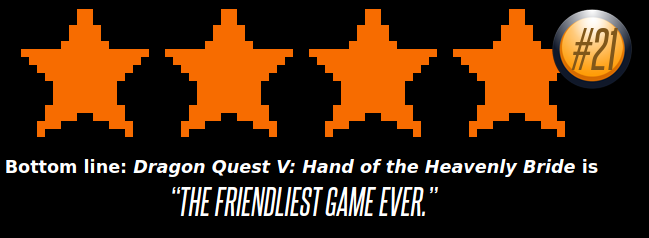
Three recent reads
1. Sinister Design: Designing RPG Mechanics for Scalability
I love making RPGs, but it’s true. The RPG is a ramshackle colossus of systems, each one stitched onto the other, and all forced to interact to produce something resembling a cohesive play experience. Exploration, dialogue, combat, character advancement, item usage, inventory management, party management, crafting, stealth… even the most focused of RPGs is guaranteed to have at least three or four of these systems, each with its own attendant design demands and opportunities for bugs to show up.
But forget those design demands for a moment–because the truth is, it’s the content demands that are the real killers. An RPG with a play time of less than 20 hours is unacceptable to the market, and ideally, you should aim for 40 hours or more. You need to create so much art, and so much writing, and so many encounters to fill up those hours that even the most basic, old-school, stripped-down RPG can easily take years upon years to make.
A developer with limited resources at her disposal, staring down the barrel of a half-decade development cycle, might be inclined to wonder: “Is there some way that I can design my game’s systems to alleviate the burden of producing all that content?”
Well, I have good news! I’m here to tell you that you can: by designing your mechanics for scalability.

This is a pretty solid piece by Craig Stern on designing content in such a way that the content continues to be relevant for the entire game: for instance, avoiding palette swap monsters ala Final Fantasy by instead making enemies that can freely level up in much the same way characters can, so that maybe that level 1 Goblin isn’t much of a threat anymore, but when he’s level 25, watch out.
Linear stat progression is also touched upon, for making items from the beginning of the game still at least partially relevant towards the end - the example Craig uses is the humble Vulnerary from most Fire Emblem games; it almost always restores 10 HP - vital in the beginning, but never really not useful because hit point totals never really het that high.
2. Be Gentle If You Know How To Be Gentle
Atelier Escha is a sincerely and genuinely pleasant fantasy JRPG about being a municipal public employee who, in addition to the fun stuff like killing monsters, spends her time doing research and paperwork.
It’s hard to make something like this game; its restraint in not being awful is incredible, which would be damning with faint praise if more than one in a thousand games seemed like they could help themselves, because this is video games, and video games are urgent and consumptive and demanding and Atelier Escha just fundamentally isn’t, on a deep mechanical level is paced to be generous and respectful and sincere about creating a relaxing time. That’s just so incredible to me that no matter how airy and saccharine the game sometimes, it is paced so carefully it feels like actual kindness.

I freely admit that in the past, I have bounced extremely hard off of the Atelier series of games. They all have a lot of similarities that a past me seems to have chafed under, but which I find appealing nowadays - a certain gentle sensibility. The stakes are all lower; you’re not saving the world, you’re fixing a windmill. Everyone’s important to the story, no nameless chumps here (as the article states, Atelier Escha & Logy makes the “kind of brilliant design decision to make every shop owner and person you have to talk to frequently for gameplay reasons a main character with their own story arc” - something that, now that I think on it, is also done to decent effect in Stardew Valley).
I couldn’t tell you what brought the change on to where this kind of thing appeals to me now, but I’m really curious both to try and maybe make a kinder, gentler game myself, and also to try and pick up the Atelier series again. Talk about overwhelming, though - there’s a lot of them, huh? And the idea of pleasant characters and a simple story lead to the third read, which I had to find via the Wayback Machine.
3. A review of Dragon Quest V: Hand of the Heavenly Bride
Tim Rogers’ review of Dragon Quest V is, like most of Tim’s reviews, a love letter to the game itself for all the things people aren’t going to necessarily pick up on right away, like populating a world with characters who aren’t just there to be part of your quest, but who are living little lives of their own:
That brings us to the first accidental pillar of Yuji Horii’s game design: the non-player characters are the world. Far from the penguins telling us that we can press the A button to swim while we’re already swimming, the NPCs in any given Dragon Quest game are their own self-contained human beings, each painted with a single delicate brushstroke. They’re as simple as a woman standing in the middle of a town who tells your hero that her son is a guard at the castle, as intermediate as a soldier at the castle saying he’s worried about his mom back home, and as complicated as a man at one end of a bar who says the woman in the red dress at the other end of the bar looks lonely: in the case of the latter, if you talk to the woman in the red dress, she says that she’s tired of men asking her if she’s lonely. There you have it: a world made of people. When we press the Action Button, it’s not just to search drawers or pots, it’s to talk to NPCs, and realize that they are, in fact, people. That, nine times out of ten, what one NPC says doesn’t make any difference in the main quest is part of the point; that, one time out of ten, what one NPC says does make a difference in the main quest is the other part of the point.
There’s also a lovely bit about using the mechanics to tell a story, and little touches to make a player’s experience with parts of a game pleasant, but you’ll have to read those on your own.

Bonus round: Notion
I’d been toying with the idea of using something like Scrivener to organize nascent and future game development work, development logs, and so on - but I’m a bit loathe to buy something sight unseen, and especially something I can’t use at work if I need to (for various reasons, I have to use Linux at work. I know, at last, it’s the year of Linux on the desktop, woohoo). However, at some point this week I got turned onto Notion and I’m giving it a shot - I encourage you to do so, as well.
The best way I could describe Notion (which comes with a range of desktop apps, mobile apps, and a website) is something like a cross between Evernote, a wiki, and Google Docs. Everything in Notion is a block, even the most top-level element (a page); blocks can be text, an image, a quote, a table, or nearly anything. There’s lots of tagging and interlinking options, hierarchical abilities through subpages (pages within pages!), and lots of templates if you’re bad at dealing with the tyranny of the blank page and need a little kickstart.
Notion can also import from a lot of other tools, and has a pretty generous free trial - 1000 blocks, for free. It’s at least worth a look if you’ve got a smattering of things to organize and something like Evernote seems like overkill, but textfiles in a folder in a cloud service is too little.